Ceramic glazed tiles have long been celebrated for their durability, versatility, and aesthetic appeal. With a wide range of styles, colors, and finishes available, these tiles have become a popular choice for homeowners, architects, and designers alike. In this article, we will explore the beauty and functionality of ceramic glazed tiles, delve into their production process, discuss their benefits and applications, and provide tips on how to care for and maintain them. So, whether you are considering ceramic glazed tiles for your kitchen backsplash, bathroom walls, or flooring, read on to discover why these tiles have stood the test of time and continue to adorn spaces with their captivating charm. 1. What are Ceramic Glazed Tiles? (200 words) Ceramic glazed tiles are a type of ceramic tile that has a layer of liquid glass applied to its surface before being kiln-fired. This glass layer, also known as the glaze, adds both decorative and functional properties to the tile. It gives the tile a smooth and shiny finish, enhances its color vibrancy, and provides protection against stains, water penetration, and scratches. Ceramic glazed tiles can be made from various clay compositions and can come in different sizes, shapes, and thicknesses, allowing for endless design possibilities. 2. The Production Process (300 words) The production of ceramic glazed tiles involves several stages.

.
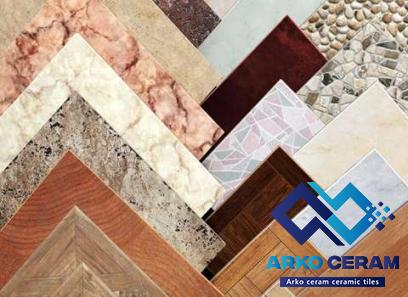 The first step is the preparation of the raw materials, which includes clay, quartz, feldspar, and various additives. These materials are mixed together and then milled to create a homogeneous paste-like substance called the slip. The slip is then dried to remove excess moisture and sieved to obtain a consistent particle size. Once the slip is prepared, it is poured into molds to form the desired tile shape. The molds are typically made from plaster or plastic and can have various designs and textures imprinted on them.
The first step is the preparation of the raw materials, which includes clay, quartz, feldspar, and various additives. These materials are mixed together and then milled to create a homogeneous paste-like substance called the slip. The slip is then dried to remove excess moisture and sieved to obtain a consistent particle size. Once the slip is prepared, it is poured into molds to form the desired tile shape. The molds are typically made from plaster or plastic and can have various designs and textures imprinted on them.
..
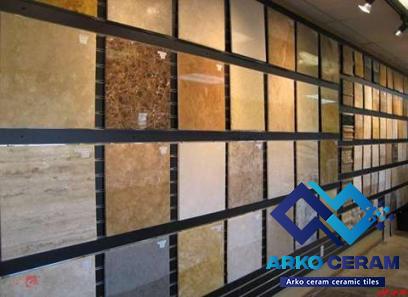 After filling the molds, excess slip is removed, and the tiles are left to dry. Once the tiles are dry, they undergo the glazing process. The glaze, which is a formulated mixture of minerals and pigments, is carefully applied to the surface of the tiles. This can be done through spraying, dipping, or screen printing techniques. After glazing, the tiles are ready to be fired in kilns at high temperatures. This firing process causes the glaze to melt and fuse with the tile, resulting in a durable and glossy surface. 3. Benefits of Ceramic Glazed Tiles (400 words) Ceramic glazed tiles offer numerous benefits that make them a preferred choice for residential and commercial projects. a. Durability: Ceramic glazed tiles are known for their exceptional durability.
After filling the molds, excess slip is removed, and the tiles are left to dry. Once the tiles are dry, they undergo the glazing process. The glaze, which is a formulated mixture of minerals and pigments, is carefully applied to the surface of the tiles. This can be done through spraying, dipping, or screen printing techniques. After glazing, the tiles are ready to be fired in kilns at high temperatures. This firing process causes the glaze to melt and fuse with the tile, resulting in a durable and glossy surface. 3. Benefits of Ceramic Glazed Tiles (400 words) Ceramic glazed tiles offer numerous benefits that make them a preferred choice for residential and commercial projects. a. Durability: Ceramic glazed tiles are known for their exceptional durability.
…
 The glaze creates a protective layer that helps the tiles resist moisture, stains, and scratches. This makes them ideal for high-traffic areas, such as kitchens, bathrooms, and hallways. Additionally, ceramic glazed tiles are resistant to fading, making them suitable for both indoor and outdoor applications. b. Aesthetic Appeal: With the wide variety of colors, patterns, and finishes available, ceramic glazed tiles offer endless design options. Whether you prefer a contemporary look with sleek and glossy tiles or a rustic charm with textured tiles, there is a style to suit every taste and decor. The glaze enhances the colors of the tiles, making them more vibrant and visually appealing. c. Versatility: Ceramic glazed tiles can be used in various applications, including walls, floors, countertops, backsplashes, and even outdoor surfaces. They can withstand temperature fluctuations, making them suitable for areas with extreme weather conditions. Moreover, the tiles can be cut and shaped into different sizes and shapes, allowing for creative and customized installations.
The glaze creates a protective layer that helps the tiles resist moisture, stains, and scratches. This makes them ideal for high-traffic areas, such as kitchens, bathrooms, and hallways. Additionally, ceramic glazed tiles are resistant to fading, making them suitable for both indoor and outdoor applications. b. Aesthetic Appeal: With the wide variety of colors, patterns, and finishes available, ceramic glazed tiles offer endless design options. Whether you prefer a contemporary look with sleek and glossy tiles or a rustic charm with textured tiles, there is a style to suit every taste and decor. The glaze enhances the colors of the tiles, making them more vibrant and visually appealing. c. Versatility: Ceramic glazed tiles can be used in various applications, including walls, floors, countertops, backsplashes, and even outdoor surfaces. They can withstand temperature fluctuations, making them suitable for areas with extreme weather conditions. Moreover, the tiles can be cut and shaped into different sizes and shapes, allowing for creative and customized installations.

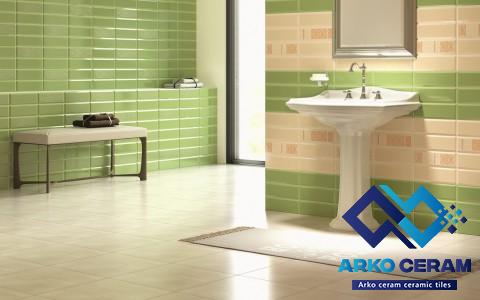
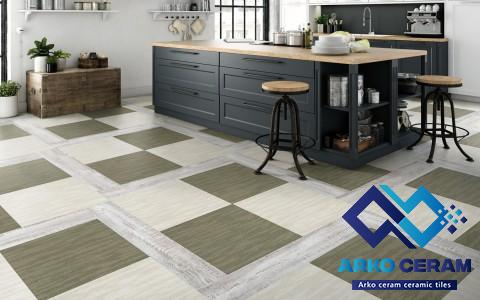
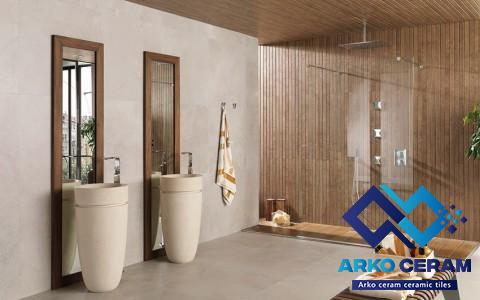




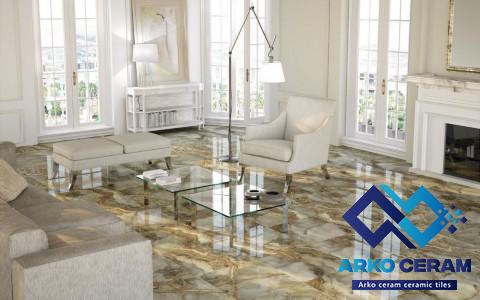

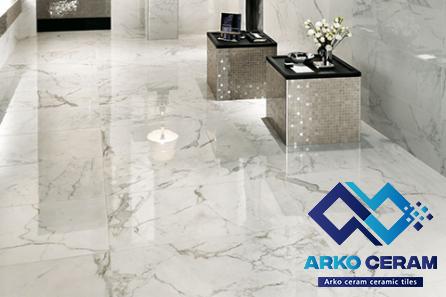
Your comment submitted.